According to their scope of activities, the archives preserve the documents related to the cathedral chapter and ensure their subsistence, supervise the document management of the public institutions sustained by the Veszprém Episcopate, provide information of general interest and maintain a consulting service, furthermore perform academic activities.
Scope
The scope of the archives covers the prevailing area of the diocese, which has gone through a number of modifications during the years. From its establishment until the end of the 18th century the Veszprém Episcopate was located in the middle of Transdanubia stretching from the Danube to the Drava rivers including Fejér, Pilis, Somogy, Veszprém and Zala counties. In 1777, with the establishment of the Szombathely and Székesfehérvár episcopates the west of Zala county got into the former and the territories east of Veszprém got into the latter diocese. At the same time, due to minor corrections, the deanery of Pápa belonging to the Győr episcopate but being located in Veszprém county was transferred under the jurisdiction of the bishop of Veszprém. The modifications of the country’s borders after the First World War did not affect the diocese but in the last decade of the millennium there were some more significant changes. In 1993, the apostolic constitution of Pope John Paul II. settled the Hungarian diocesan borders which had been unchanged since the Treaty of Trianon and promoted Veszprém to archiepiscopate level. The episcopate of Kaposvár was created from the territories of the Archdiocese of Veszprém south of Lake Balaton. According to the new territorial division, the jurisdiction of the archiepiscopate covers the area of Veszprém county, one third of Zala county and some adjacent settlements.
Document processing
In accordance with the legal requirements, our archives ensure the safety of the preserved documents and keep records thereof to facilitate research. The most acute task of the last decade in our institution was the revision of the existing collection and developing a new archival fond, subfond (and series) catalogue. In case of the episcopal archives (fond groups I-II.) we only had to do the revision of the documents due to the existing finding aids but in case of the chapter archives (fond groups III-IV.) we had to devise a completely new structure and set up new series. We also registered the other unordered document series already being in our archives including bequests, collections, manuscripts and the deanery and parish archives which got into the possession of our archives in the last fifteen years. During processing we found that our archival stock comprises more than double of the formerly registered quantity, 665 running meters.
An additional task is to prepare finding aids for the often consulted subfonds and series on intermediate or in some cases on item level. This is in connection with the preparation of archival digitization. Parallel to all these, the listing of the 18th century individual documents in series is ongoing in accordance with the document safety requirements as well as placing the documents in acid-free boxes unfolded which were formerly stored folded in fracture bundles.
Consulting service
Based on the legal regulations in power, our archives as publicly accessible private archives can be consulted with observance of the ecclesiastical regulations. Consulting is possible on two days per week. Our reading room in jointly used with the Veszprém Archiepiscopal Library, for this reason preliminary registration of the readers is required to avoid any inconveniences. Free research in the archives is a citizen’s right; research takes place in the archives’ reading room in accordance with the research regulations. Researchers can get information from the archivist on duty about commencing and the rules of research and can ask for reprographic services according to the valid service fees.
Document safety
Our repositories are located in the building of the archiepiscopal palace, which is also home to our institution. The building, due to its age and character, can more or less provide the climatic conditions required for the repositories. Pre-19th century documents are stored in air conditioned rooms. Our mediaeval charters are available on the world wide web in digital format, they can only be taken out of our repositories in qualified cases. Accommodating the charters with bullae in custom sized boxes is in progress. Documents from the 18-19th centuries are continuously relocated to acid-free document boxes after processing.
The most endangered documents and volumes are saved with the involvement of restorers partly from our own resources and partly from tenders. During restoration the volumes are also digitized.
Community culture and scientific activities
In the context of community cultural activities our archives organizes exhibitions, educational presentations and scientific conferences as well as – upon preliminary appointment – archival lessons for the public education, furthermore guided archives tours for visitors. In our archival lessons developed jointly with the Veszprém County Archives, students can have an insight into the secrets of mediaeval charter making; in the second part of the demonstration they can write their own chapters which they can “authenticate” with the signet they had made. We have been participating for years in the Days of Cultural Heritage national event series I which the visitors can have an insight into the premises and the activities of the archives.
As a scientific institution, our archives issues publications of scientific standards. Our publication Veszprémi egyházmegye múltjából [From the past of the Veszprém diocese] is more than eighty years old; its aim is to discover the past of the diocese and of course Veszprém. In 2013 archbishop dr Gyula Márfi reestablished the Church History Committee of Veszprém Archiepiscopate, including some of our colleagues among its members, too. The work team’s goal is to prepare a scientific publication within one to one and a half decades which covers the history of Veszprém diocese relying on archival documents.
